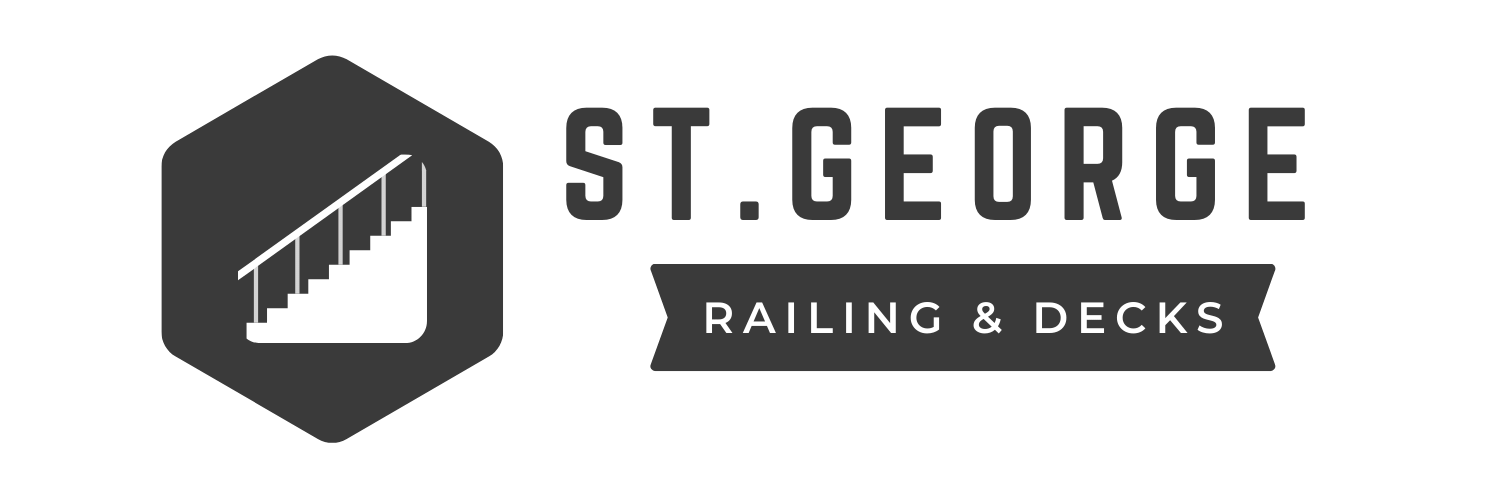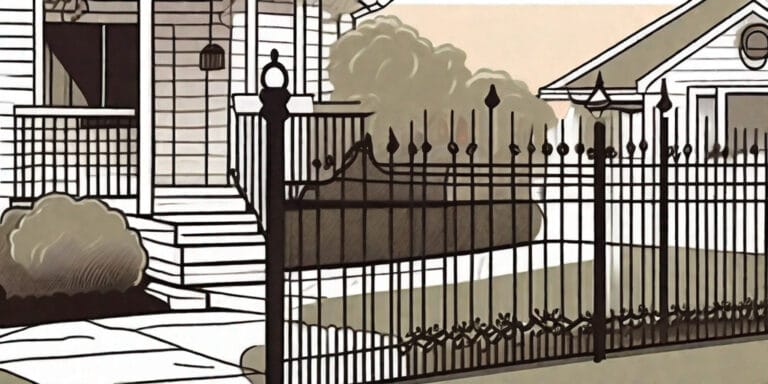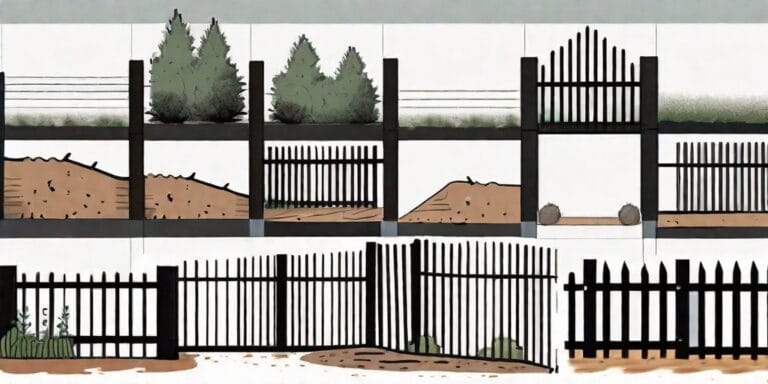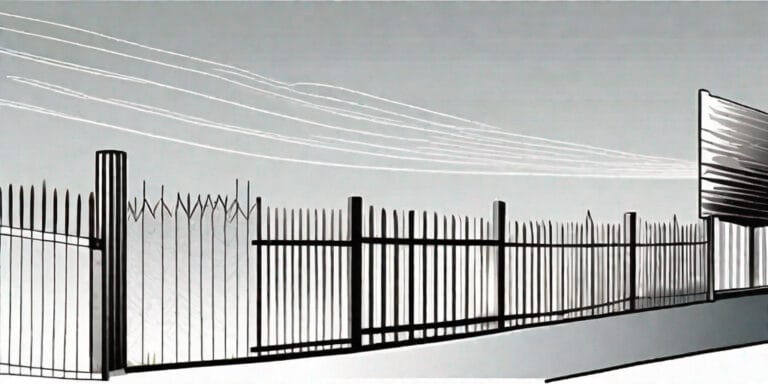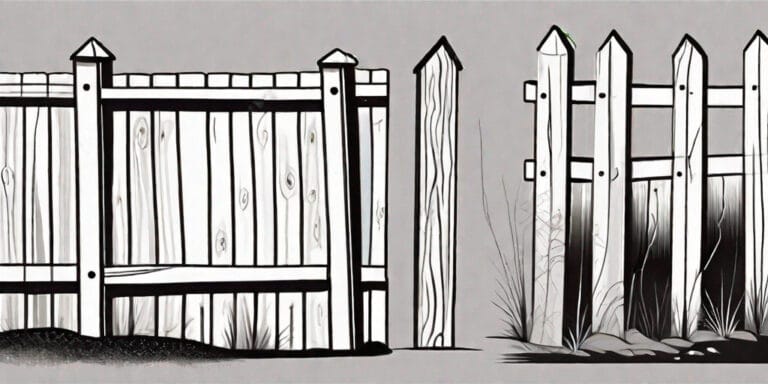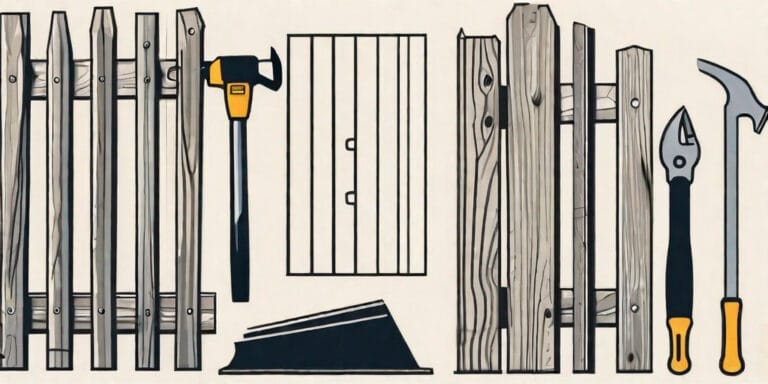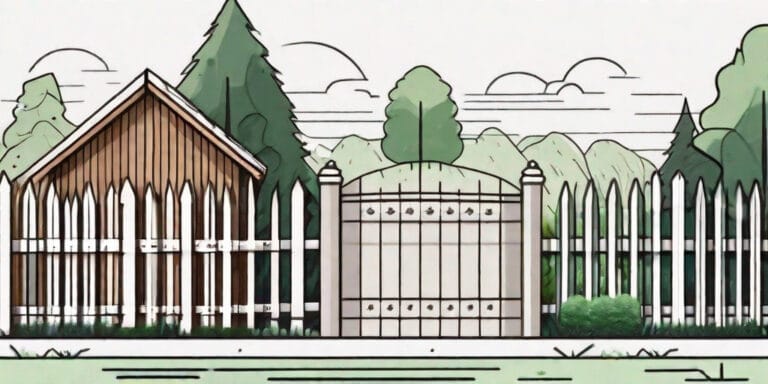What is the Average Cost of a Wood Fence?
If you’re considering adding a wood fence to your property, one of the first questions that may come to mind is, “What is the average cost of a wood fence?” Understanding the factors that can influence the cost of a wood fence can help you make an informed decision and ensure that you stay within your budget.
Understanding the Basics of Wood Fencing
Before diving into the costs, it’s essential to have a basic understanding of wood fencing. Wood fences are a popular choice among homeowners due to their natural beauty and durability. They not only provide privacy and security but also enhance the overall aesthetic appeal of your property.
Wood fencing has been used for centuries to mark boundaries, protect livestock, and provide a sense of security. The warmth and charm of wood make it a timeless choice for any home. With proper maintenance, a wood fence can last for many years, adding value and character to your property.
Types of Wood Used in Fencing
Several types of wood can be used in fencing, including cedar, pine, spruce, and redwood. Each type offers its own unique combination of strength, durability, and aesthetics.
Cedar is a popular choice for wood fencing due to its natural resistance to decay and insect damage. It is known for its pleasant aroma and beautiful grain patterns. Cedar fences can withstand harsh weather conditions and require minimal maintenance, making them an excellent long-term investment.
Pine is another commonly used wood for fencing. It is readily available and more affordable than cedar or redwood. Pine fences can be stained or painted to match any style or color scheme. However, pine is not as naturally resistant to decay and insect damage as cedar, so regular maintenance is necessary to prolong its lifespan.
Spruce is a softwood that is often used for temporary or budget-friendly fencing options. While it may not have the same durability as cedar or redwood, spruce fences can still provide privacy and security at a lower cost.
Redwood is a premium choice for wood fencing. It is known for its rich color, natural beauty, and exceptional durability. Redwood fences can withstand the test of time and require minimal maintenance. The unique reddish-brown hue of redwood adds a touch of elegance to any property.
The Role of Size and Length in Cost
The size and length of your wood fence will play a significant role in determining its overall cost. Larger fences will require more materials and labor, which can increase the price. Similarly, longer fences will require more materials, increasing the cost accordingly.
When estimating the cost of your wood fence, it’s crucial to consider both the size of your property and your specific fencing needs. Factors such as the terrain, the number of gates, and any additional features like decorative elements or custom designs can also impact the final cost.
Installing a wood fence is not just a financial investment but also an investment in your home’s aesthetics and functionality. A well-designed and properly installed wood fence can transform your outdoor space, creating a private sanctuary where you can relax and enjoy the beauty of nature.
Remember to consult with a professional fencing contractor to determine the best type of wood and design for your specific needs. They can provide expert advice and ensure that your wood fence is built to last, providing years of beauty and security for you and your family.
Factors Influencing the Cost of a Wood Fence
Several factors can influence the cost of a wood fence. By understanding these factors, you can better estimate the expenses involved and make adjustments to stay within your budget.
One of the major factors that can affect the cost of a wood fence is the type of wood used. Different types of wood have different prices, with some being more expensive than others. For example, cedar and redwood are known for their durability and resistance to rot, but they can be more costly compared to other types of wood like pine or spruce.
Another factor to consider is the size of the fence. The longer and taller the fence, the more materials will be needed, which can increase the overall cost. Additionally, if the fence requires custom designs or intricate patterns, it may require more time and effort to install, resulting in higher labor costs.
Labor and Installation Costs
The cost of labor and installation can vary depending on several factors, including the complexity of the fence design and the experience of the fence contractor. Labor costs typically include the preparation of the site, digging post holes, setting the posts, and installing the fence panels. It’s important to obtain multiple quotes from reputable fence contractors to ensure you’re getting a fair price.
Furthermore, the location of the fence can also impact the labor and installation costs. If the site is difficult to access or has challenging terrain, it may require additional labor and equipment, which can drive up the overall expenses.
Maintenance and Repair Expenses
Wood fences require regular maintenance to protect them from the elements and extend their lifespan. Regular staining or painting, as well as periodic repairs, such as fixing loose boards or replacing damaged sections, should be factored into the overall cost of owning a wood fence. While these expenses may seem minor, they can add up over time.
Moreover, the climate in which the fence is located can also impact the maintenance costs. In areas with harsh weather conditions, such as extreme heat or heavy rainfall, the wood may deteriorate more quickly, requiring more frequent maintenance and repairs.
Additionally, the choice of stain or paint can affect the maintenance costs. High-quality stains or paints may come at a higher price, but they can provide better protection and require less frequent reapplication, reducing long-term expenses.
It’s important to consider all these factors when estimating the cost of a wood fence. By doing so, you can make informed decisions and ensure that your budget aligns with your desired fence design and maintenance requirements.
Price Comparison: Wood Fence vs Other Fencing Materials
When considering the cost of a wood fence, it’s essential to compare it to other fencing materials to make an informed decision.
Wood fences have long been a popular choice for homeowners due to their natural beauty and versatility. They can be customized to fit any style or design preference, making them a timeless addition to any property. However, before making a final decision, it’s important to explore the cost differences between wood fences and other alternatives.
Cost of Vinyl Fencing
Vinyl fences are an alternative to wood fences that offer low maintenance and durability. They are made from a synthetic material that is resistant to rot, warping, and insect damage. While vinyl fences may not require the same level of maintenance as wood fences, it’s crucial to factor in the initial cost when comparing the two options.
When it comes to the cost of vinyl fencing, it’s important to consider the quality of the materials used. Higher-quality vinyl fences tend to be more expensive but offer better durability and longevity. Additionally, the size and style of the fence can also impact the overall cost. Customized designs or taller fences may require more materials and labor, resulting in a higher price point.
Despite the initial investment, many homeowners find that the low maintenance requirements of vinyl fences make them a cost-effective choice in the long run. With minimal upkeep, such as occasional cleaning, vinyl fences can maintain their appearance and functionality for years to come.
Cost of Metal Fencing
Metal fences, such as aluminum or wrought iron, provide excellent durability and security. They are known for their strength and ability to withstand harsh weather conditions. However, it’s important to note that metal fences can be significantly more expensive than wood fences.
One of the factors contributing to the higher cost of metal fences is the professional installation required. Unlike wood fences that can often be installed by homeowners with basic tools, metal fences usually require specialized equipment and expertise. This can add to the overall cost of the project.
Furthermore, metal fences may require additional customization to meet specific design preferences or property requirements. This customization can include ornamental details, decorative elements, or specific height adjustments. These additional features can increase the cost of the fence, making it a more significant investment compared to wood fences.
Despite the higher upfront cost, many homeowners opt for metal fences due to their durability and security benefits. Metal fences are known for their longevity and ability to withstand extreme weather conditions, making them a popular choice for those seeking a long-term fencing solution.
How to Estimate the Cost of Your Wood Fence
Estimating the cost of a wood fence involves calculating both the material and labor costs involved.
Calculating Material Costs
To calculate the material costs, it’s essential to determine the total length and height of your fence. You will then need to choose the type of wood you want to use and calculate the required number of fence panels. Additionally, you will need to consider the cost of any additional materials needed, such as posts, caps, and hardware.
Incorporating Installation and Labor Costs
When estimating the labor costs, it’s important to consider the complexity of the fence design and the experience of the contractor you choose. Obtaining multiple quotes and comparing their detailed breakdown of costs will give you a better idea of the labor expenses involved.
Tips to Reduce the Cost of Your Wood Fence
While wood fences can be an investment, there are several ways to reduce the overall cost without compromising on quality.
Choosing Cost-Effective Wood Types
Some wood species are more cost-effective than others. For example, pine is often more affordable than cedar or redwood. By opting for a less expensive wood type, you can save on the upfront costs of your fence while still enjoying the benefits of a wood fence.
DIY Installation to Save on Labor Costs
If you have experience with construction projects and access to the necessary tools, opting for a DIY installation can save you significant labor costs. However, keep in mind that installing a fence requires careful planning and proper execution to ensure its structural integrity and longevity.
In conclusion, the average cost of a wood fence depends on various factors, including the type of wood used, the size and length of the fence, labor costs, and ongoing maintenance expenses. By understanding these factors and exploring cost-saving options, you can estimate the cost of your wood fence more accurately and make a well-informed decision that suits your budget and fencing needs.
